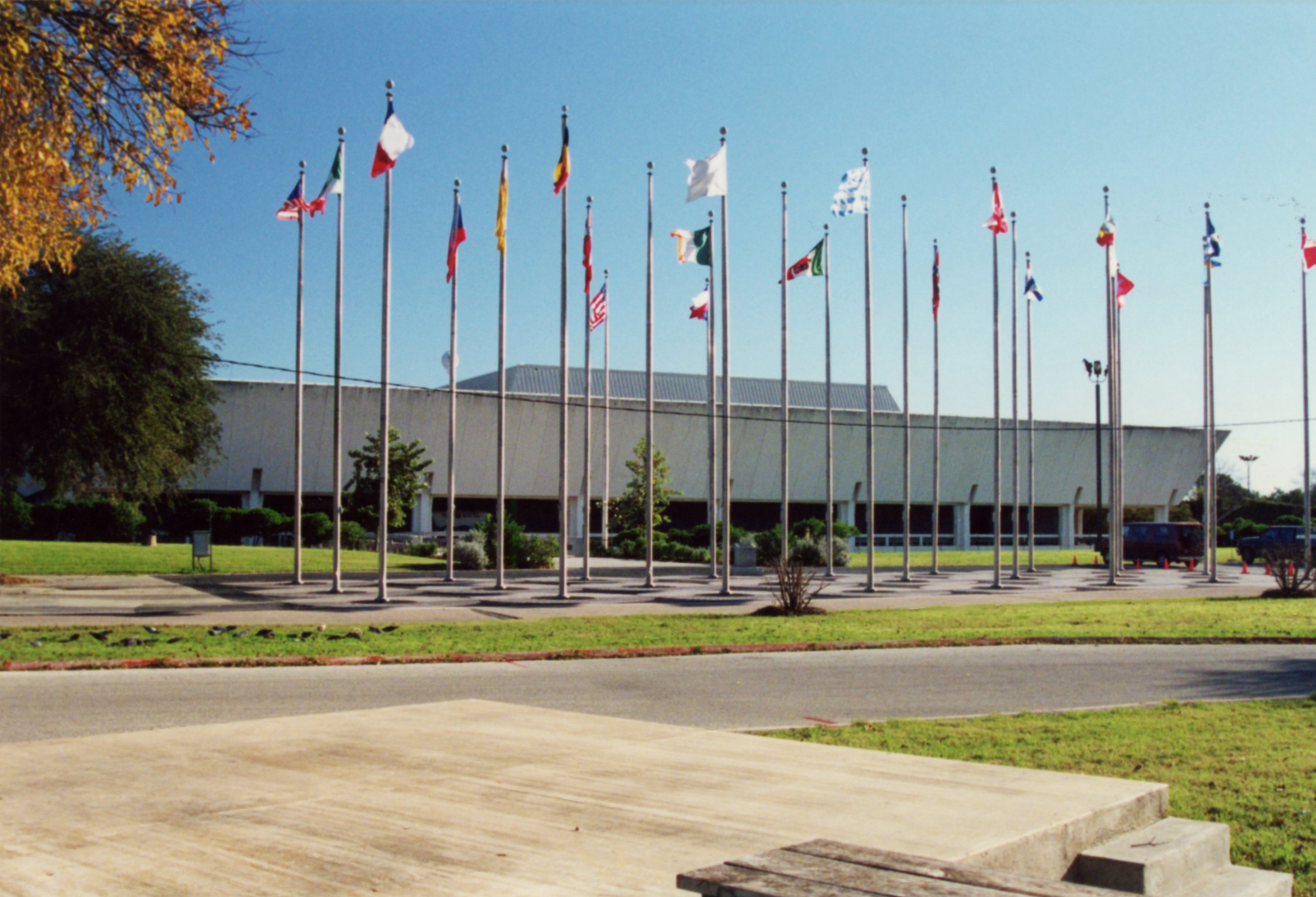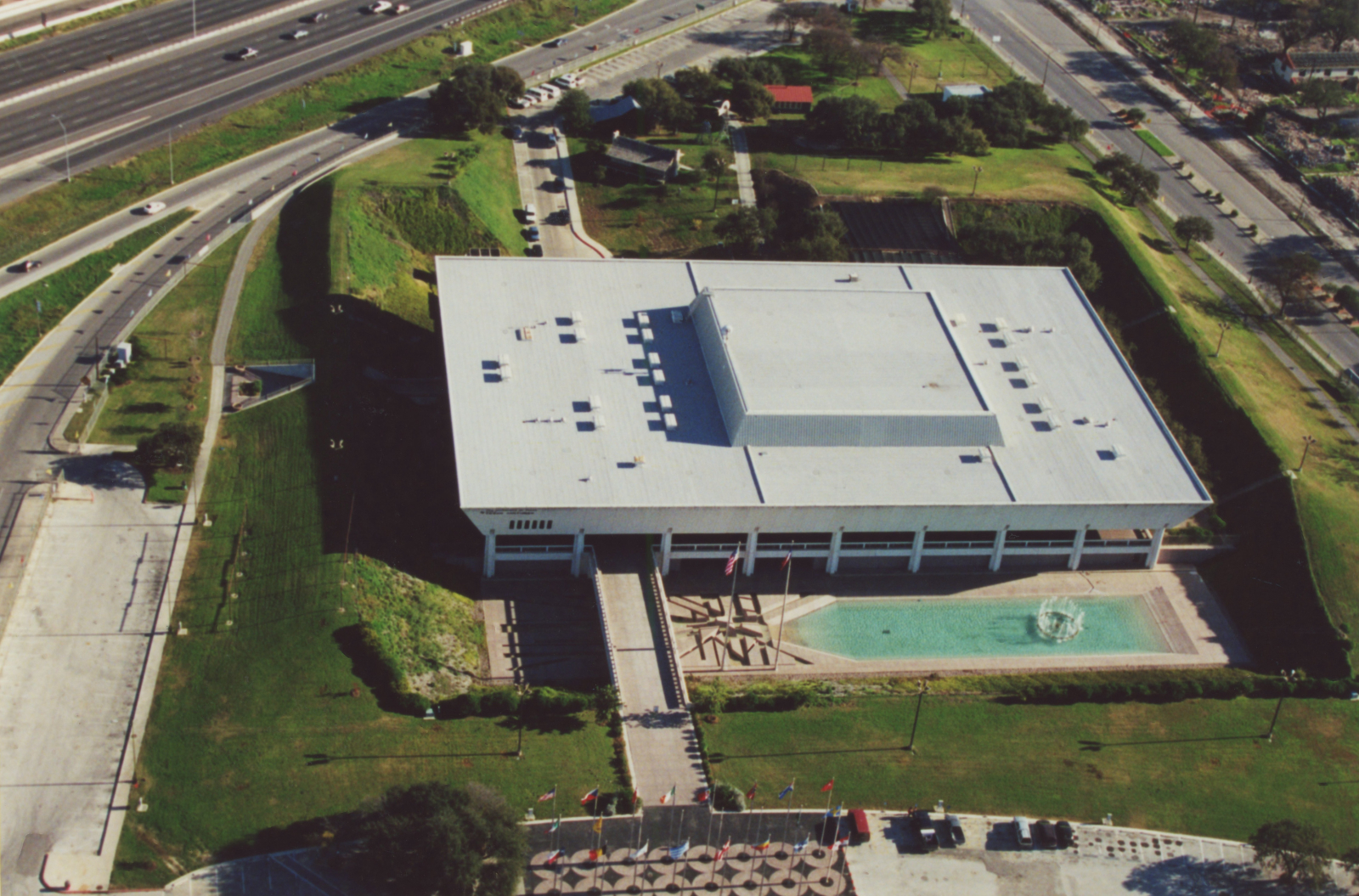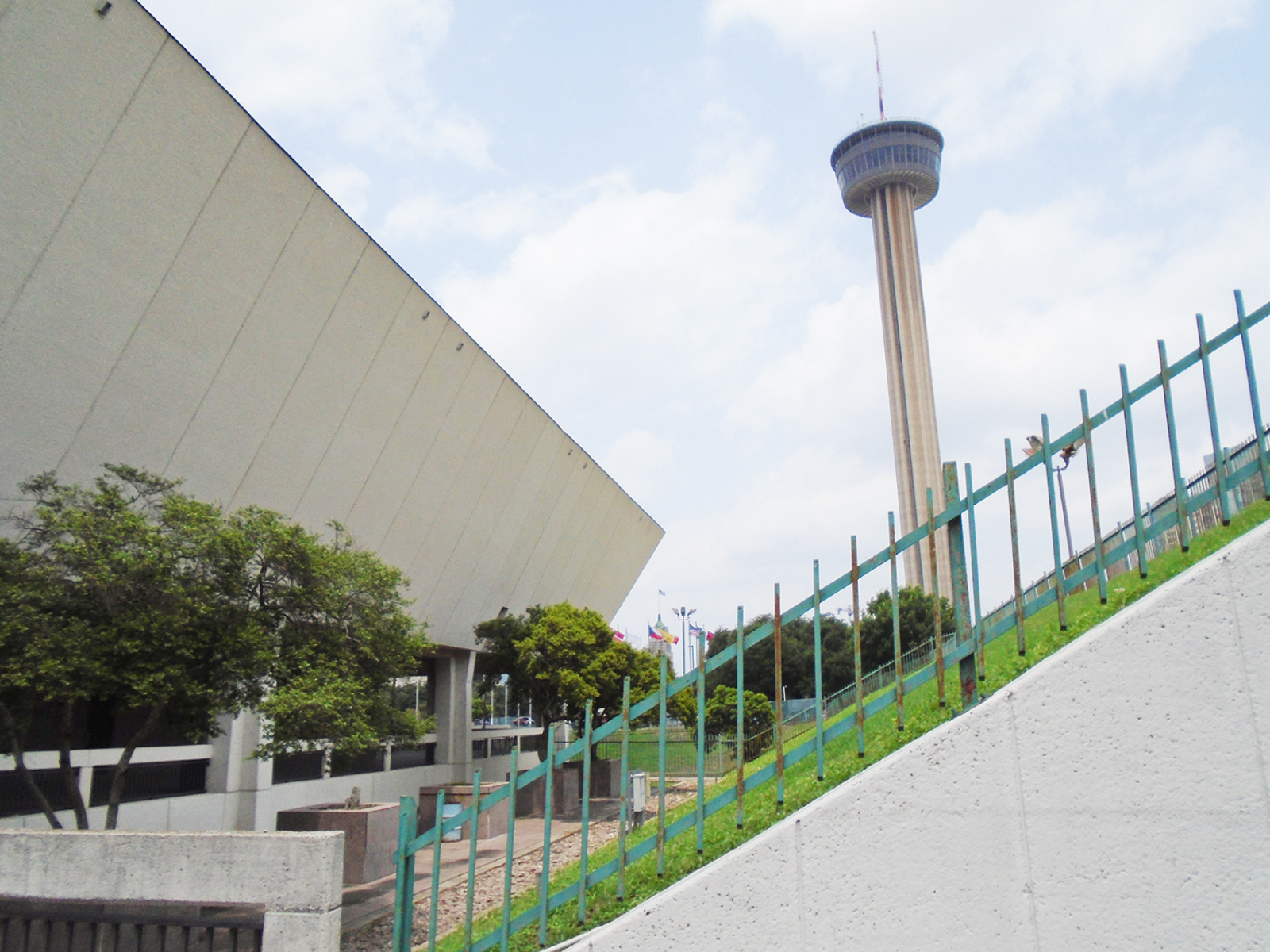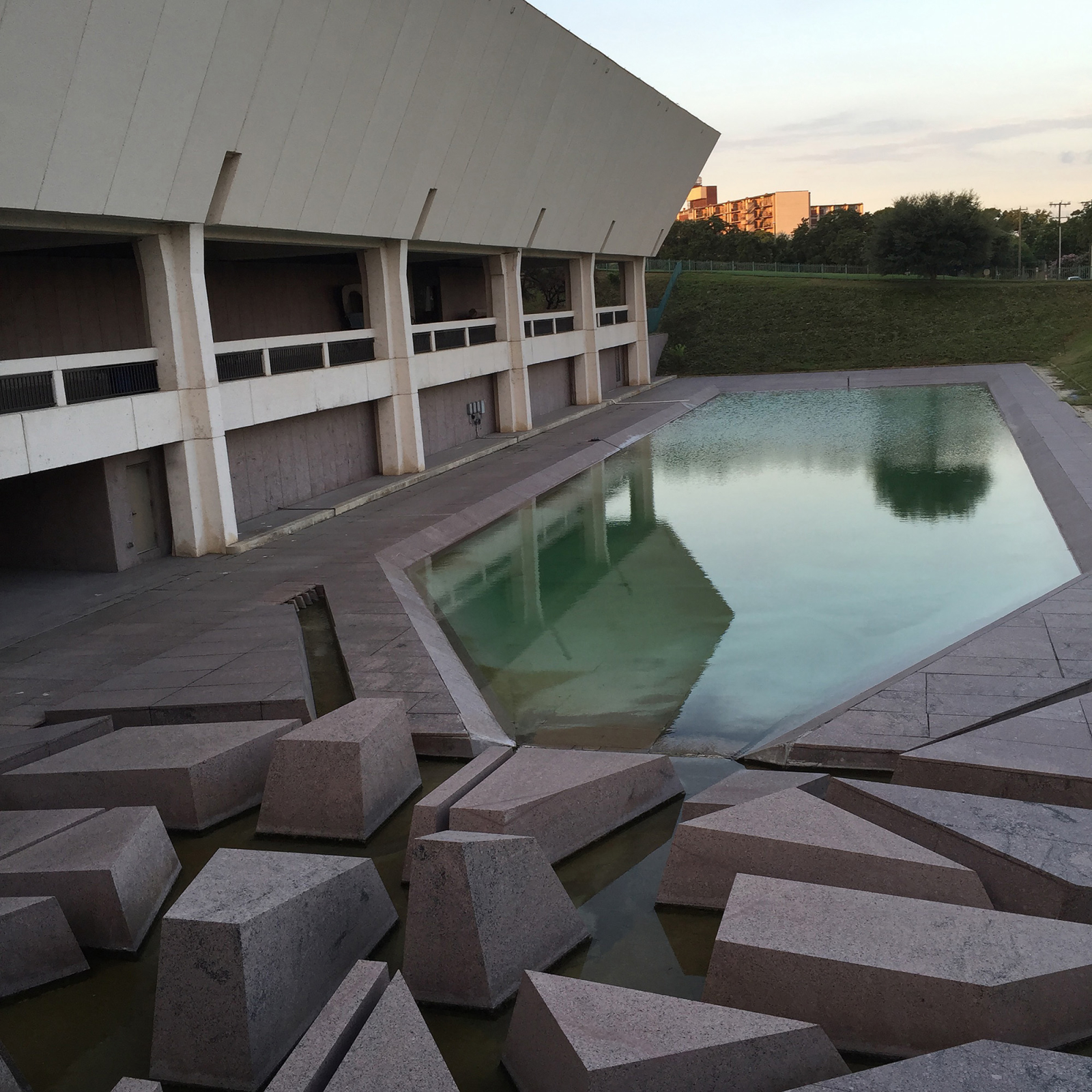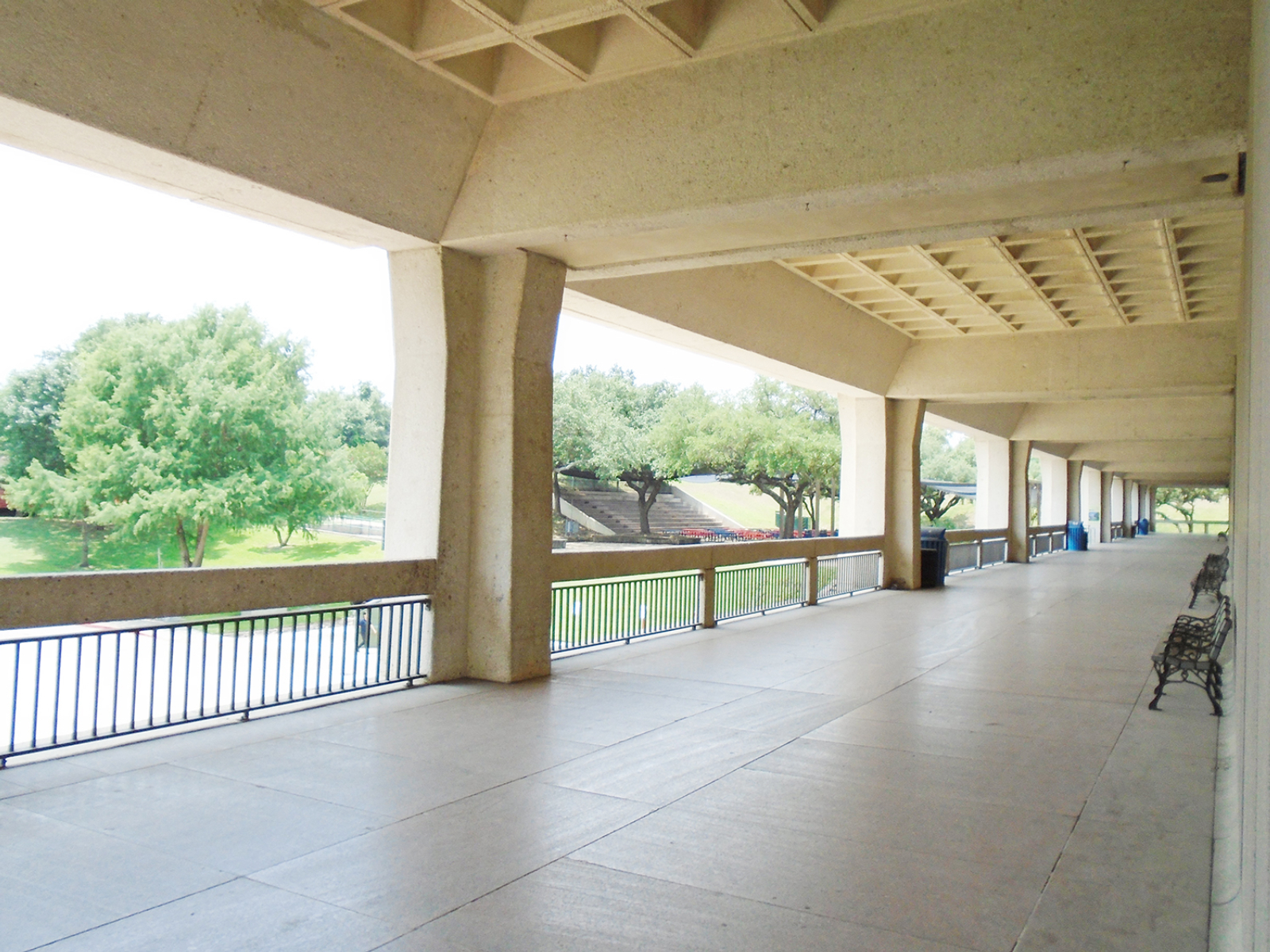Primary classification
Terms of protection
State Antiquities Landmarks are designated by the Texas Historical Commission (THC) and receive legal protection under the Antiquities Code of Texas. Read more here.
The building is currently threatened with demolition. Please visit The Conservation Society of San Antonio page here for more information and sign the online petition here.
Designations
National Register of Historic Places (2024)
Texas State Antiquitues Landmark (October 2024)
Author(s)
How to Visit
Temporarily closed
Location
801 E. César E. Chávez BlvdSan Antonio, TX

